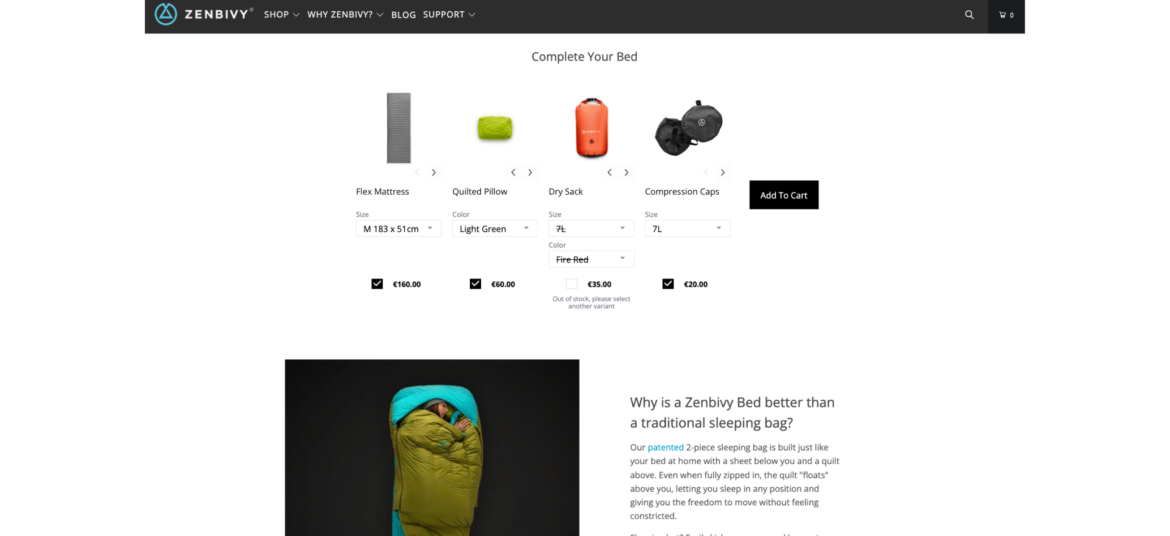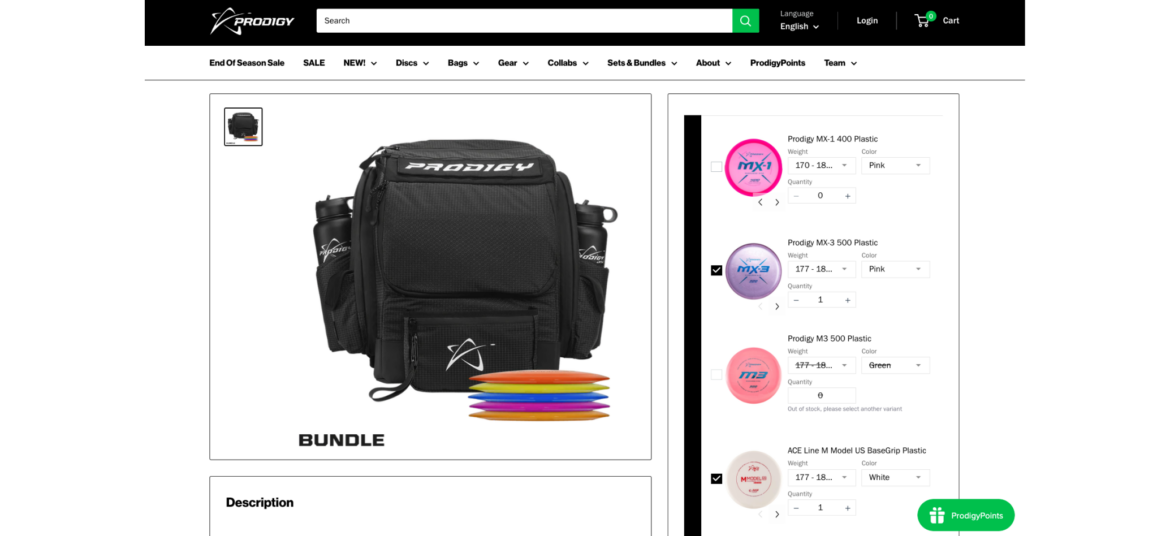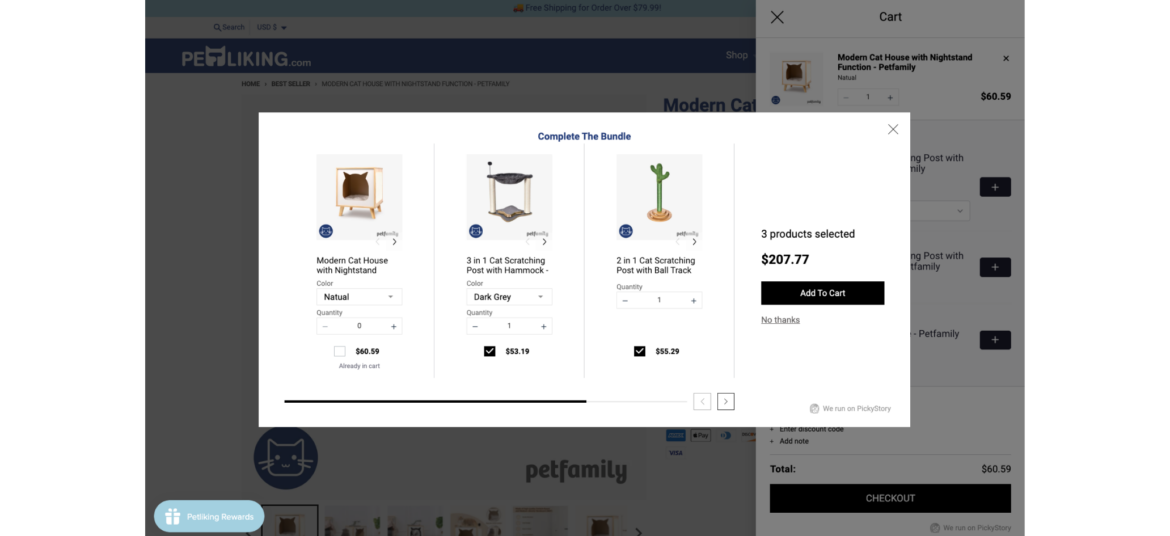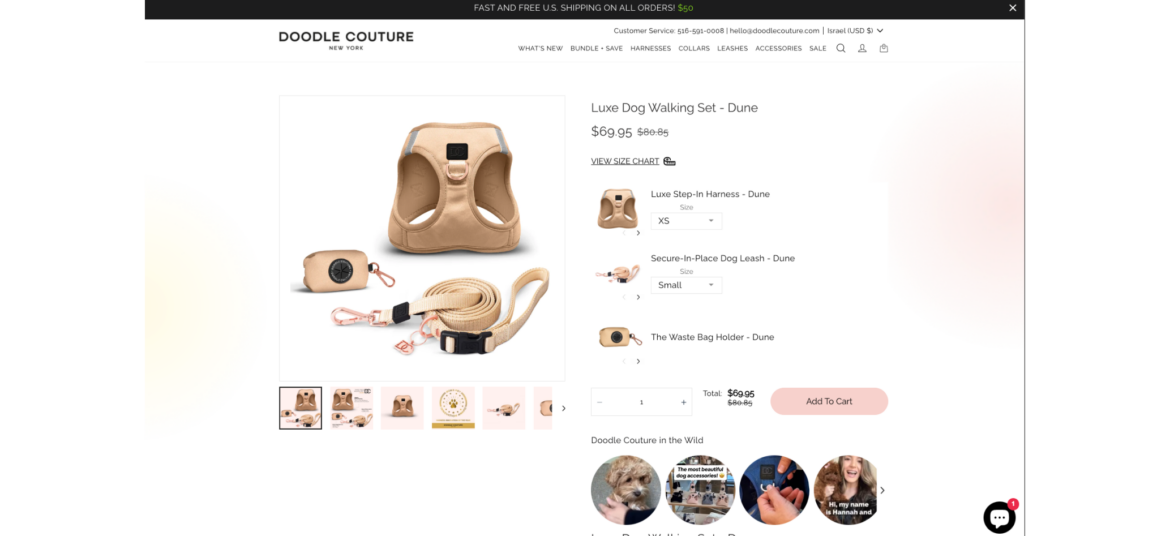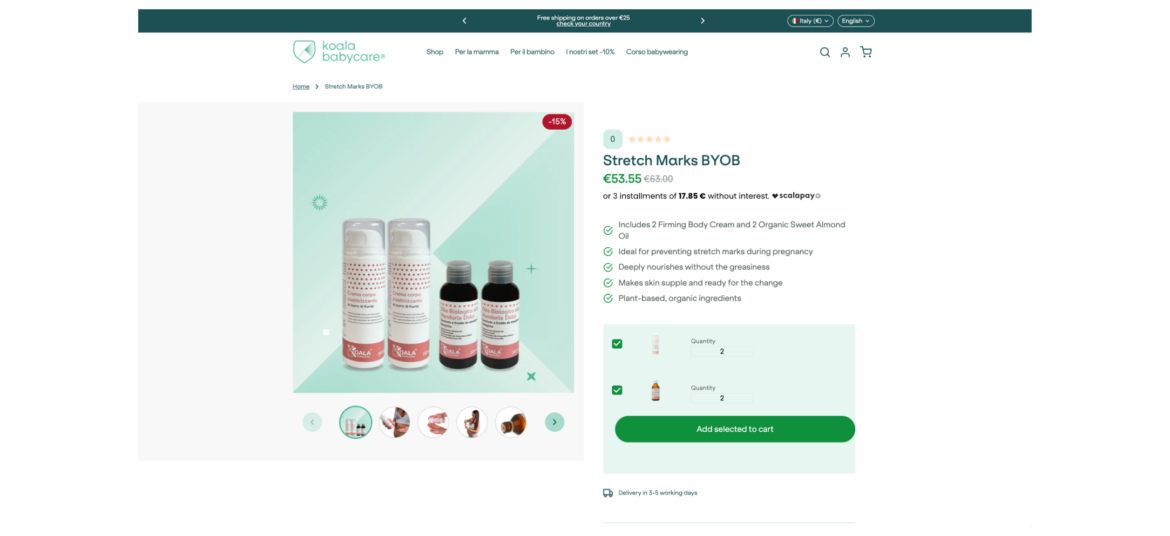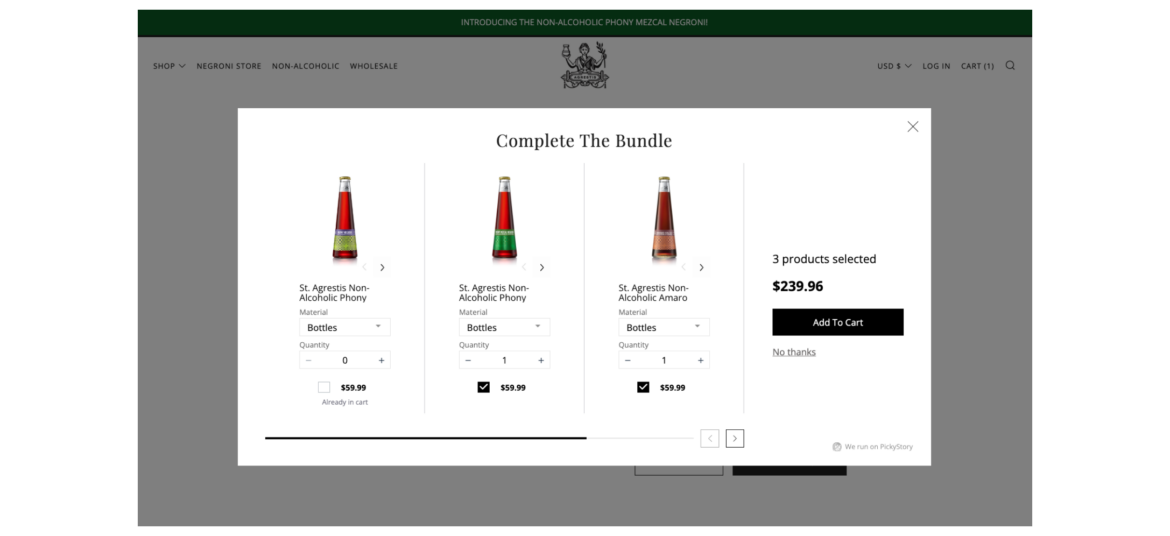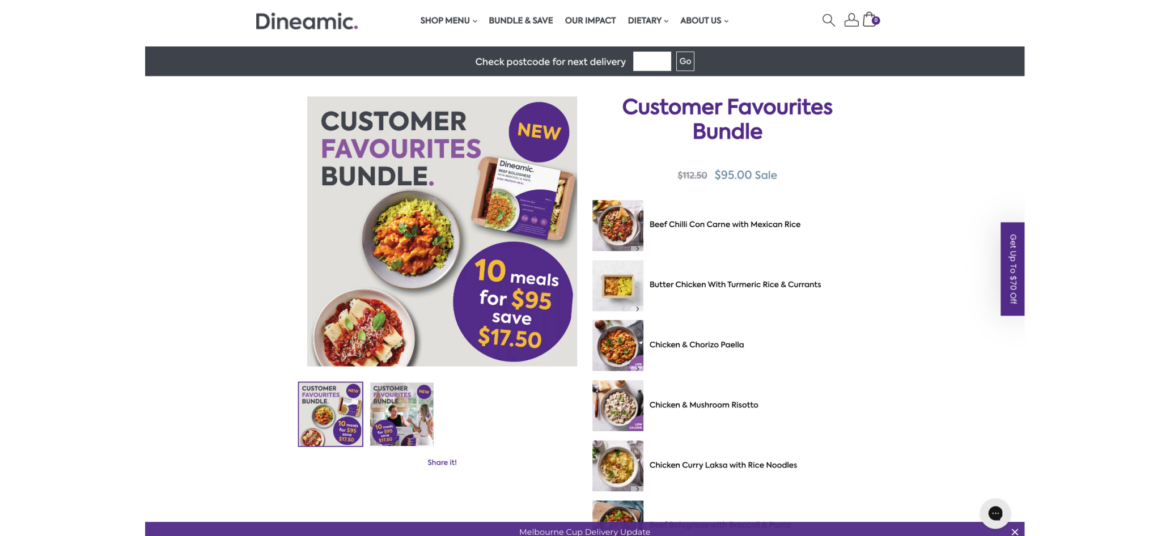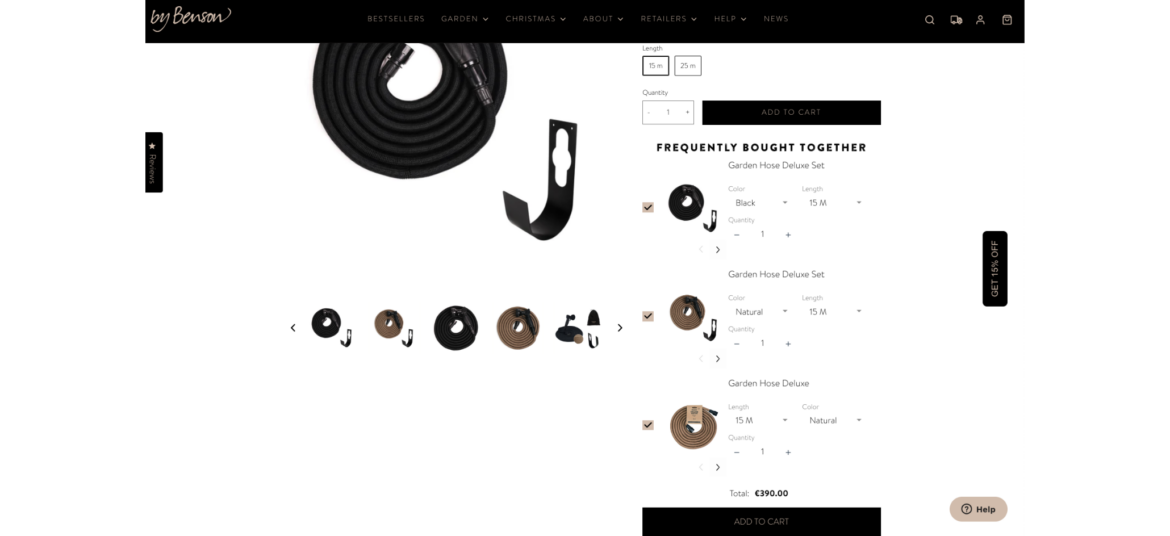As mentioned earlier, the easiest way to measure profit is by subtracting cost from sales prices.
But there is a bigger concept to consider. How can you measure your business’s overall profitability?
The simple answer is revenue minus expenses. In other words, you take your business’s revenue and subtract all business-related expenses. If you have money left over, that’s a profit. If you have lost money, it’s a loss.
Consider this example:
Your business makes $1,000 a month. You have $900 in business expenses. That’s a $100 profit. Of course, please bear in mind that you’ll also be on the hook for taxes.
Another important metric is your profit margin. Your business’s profit margin is calculated by taking your profit and dividing it by your total revenue.
In this example, we would have the following:
profit / total revenue, or 100 / 1000 = 0.10 or 10%.
As you can see, your business has a 10% profit margin.
You can use this calculation for individual products, too. Here is an example:
Product a has a cost of $1. You sell it for $1.50.
So, $1.50 minus $1 equals a 50-cent profit.
Now, $0.50 / 1 = 0.50 or 50%.
You have a 50% profit margin on the product in this example.


